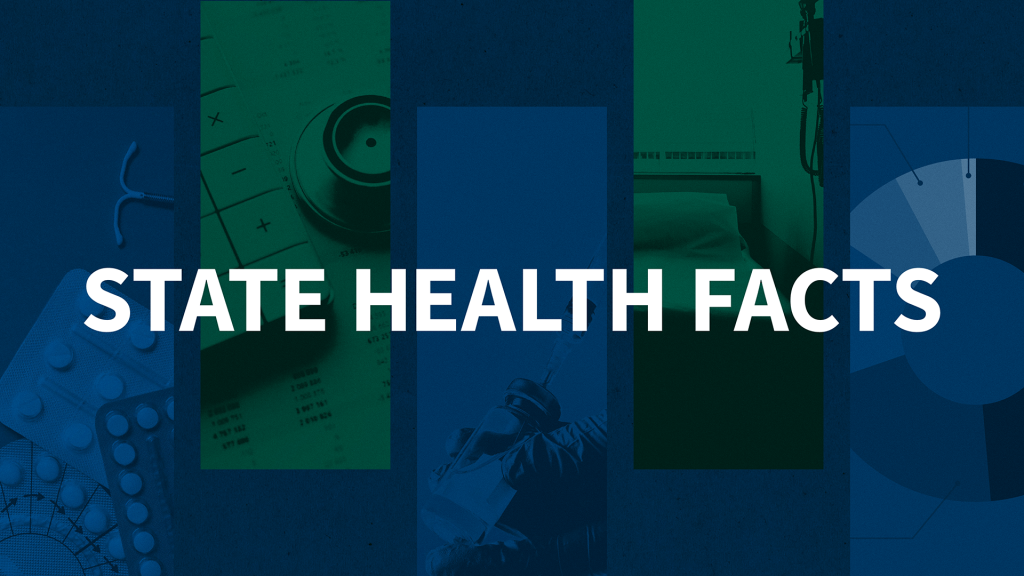Covering the Uninsured: Options for Reform
Download PDF Key Facts on the Uninsured In 2007, 45 million nonelderly people in the United States lacked health coverage More than eight in ten uninsured people (81%) come from working families About two-thirds of the nonelderly uninsured are from low-income families (income below 200% of poverty, about $42,400 for a family of 4 in…
